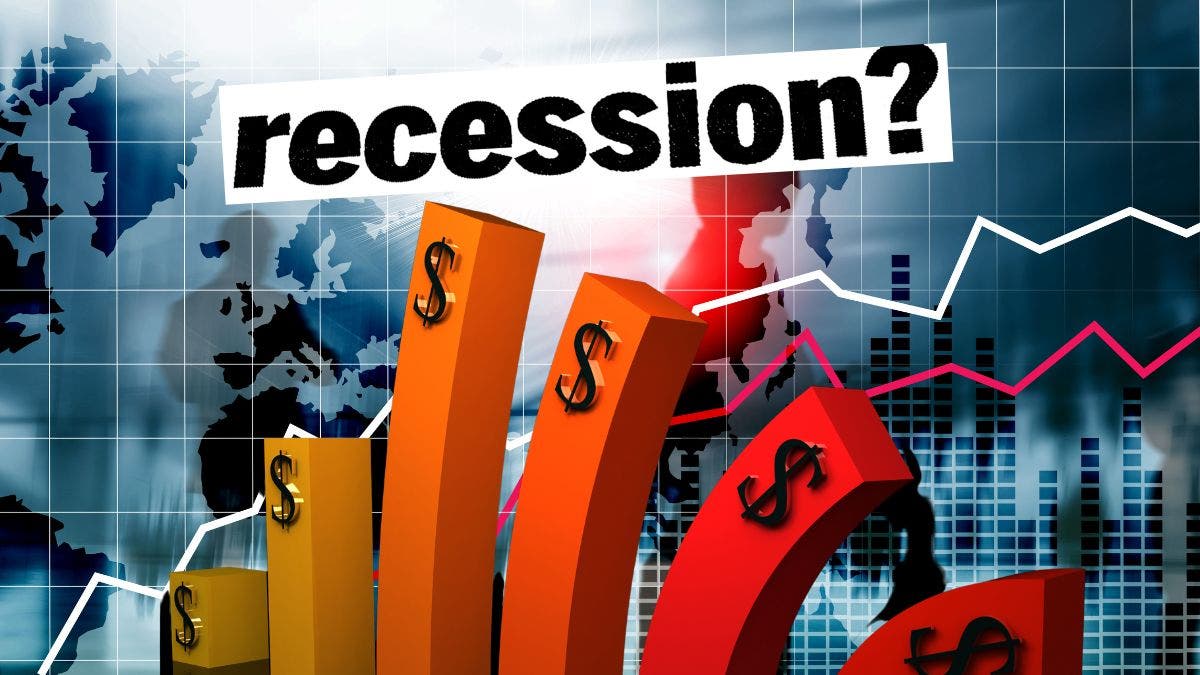Global recessions don’t happen overnight—they develop through a complex interplay of economic indicators that economists carefully monitor and analyze. Understanding how these economic downturns are predicted and measured is crucial for policymakers, businesses, and individuals who need to prepare for challenging economic times. From statistical models to judgmental assessments, the prediction and measurement of global recessions involves sophisticated methodologies that have evolved over decades of economic research.
The ability to accurately forecast and define global recessions has become increasingly important in our interconnected world economy. When economic activity contracts globally, the effects ripple across borders, affecting employment, trade, investment, and living standards worldwide. By examining the tools and techniques used to predict and measure these downturns, we can better understand the warning signs and prepare for potential economic challenges ahead.
Statistical Methods for Defining Global Recessions
The most fundamental approach to measuring a global recession relies on statistical analysis of key economic data. Economists define a global recession as occurring when there is a decline in annual global real GDP per capita. This method provides a clear, quantifiable threshold that removes subjective interpretation from the equation.

The statistical approach focuses on the critical concept of per capita GDP growth. For a global recession to be declared, global GDP growth typically needs to fall below 1.1 percent, which would register as a contraction in per capita GDP given population growth patterns. This threshold accounts for the fact that even modest positive growth may not be sufficient to maintain living standards when the population is increasing.
Historical analysis reveals that this statistical method has successfully identified four major global recessions since 1970: 1974-1975, 1981-1982, 1990-1991, and 2008-2009. Each of these periods showed clear contractions in global per capita GDP, validating the effectiveness of this measurement approach.
Judgmental Assessment and Multiple Indicators
Beyond pure statistical measures, economists employ a judgmental method similar to the approach used by the National Bureau of Economic Research for identifying U.S. recessions. This comprehensive approach examines multiple indicators of global economic activity to provide a more nuanced understanding of economic conditions.
The judgmental method focuses on six main global activity indicators: real GDP per capita, industrial production, trade volumes, capital flows, oil consumption, and employment levels. When these indicators show broad-based decline simultaneously, it provides strong evidence of a global recession, even if GDP data alone might be ambiguous.
This multi-indicator approach recognizes that modern economies are complex systems where various sectors and activities can provide different signals about economic health. By examining industrial production, economists can gauge manufacturing activity, while trade volumes reveal the health of international commerce. Capital flows indicate investor confidence and financial market conditions, while employment levels directly reflect the impact on workers and consumers.
Leading Indicators and Warning Signs
Predicting global recessions requires monitoring leading indicators that historically precede economic downturns. Research shows that every global recession since 1970 was preceded by a significant weakening of global growth in the previous year. This pattern provides economists with an early warning system for potential recessions.
Key leading indicators include inflation trends, which can trigger central bank responses that slow economic growth. Stock market declines of 20% or more from peak levels often signal investor pessimism about future economic prospects. The inverted yield curve, where short-term interest rates exceed long-term rates, has historically been one of the most reliable recession predictors.

Credit spreads between different types of bonds also provide valuable insights, as widening spreads typically indicate increased risk perception in financial markets. Additionally, economists monitor unemployment rates, business spending patterns, and even commodity prices like gold, which often rise as investors seek safe havens during economic uncertainty.
Modern Forecasting Techniques
Contemporary recession forecasting increasingly relies on machine learning models and advanced statistical techniques. Researchers now employ Support Vector Regression, Random Forest algorithms, and Long Short-Term Memory models to analyze complex economic data patterns. These sophisticated approaches can process vast amounts of economic data to identify subtle patterns that might escape traditional analysis.
Vector Autoregression models continue to serve as benchmarks for comparison, while newer machine learning techniques offer the potential to capture non-linear relationships between economic variables. These models have proven particularly valuable for analyzing sudden economic shocks, such as those caused by pandemics or geopolitical events.
The integration of real-time data sources, including mobility data and high-frequency economic indicators, has enhanced the ability to detect economic changes as they occur rather than waiting for traditional quarterly statistics.
Global recession prediction and measurement represents a sophisticated blend of statistical rigor and economic judgment. By combining multiple methodologies and continuously refining forecasting techniques, economists provide essential tools for understanding and preparing for economic downturns that affect billions of people worldwide.
